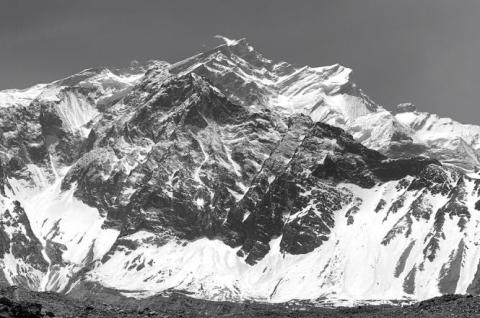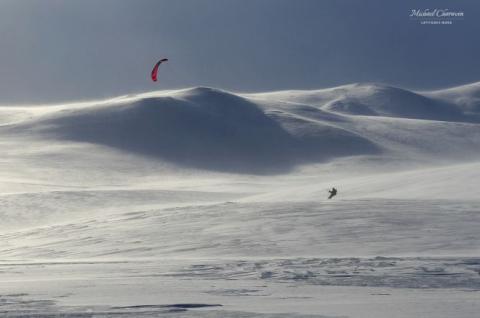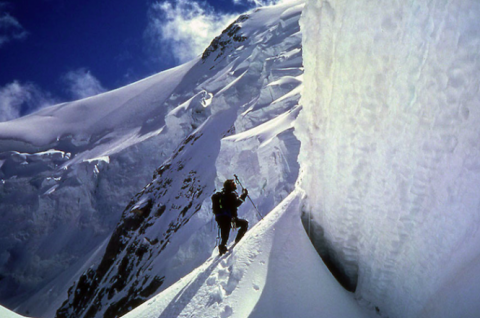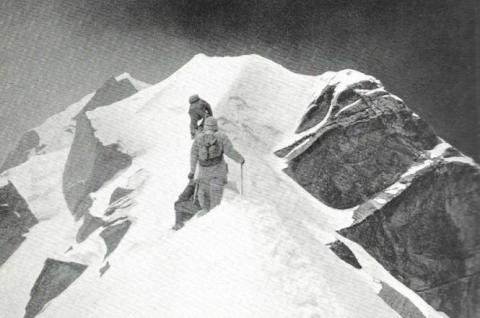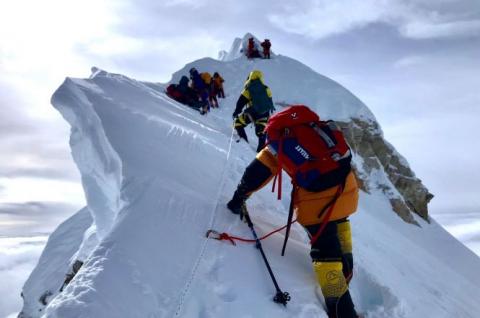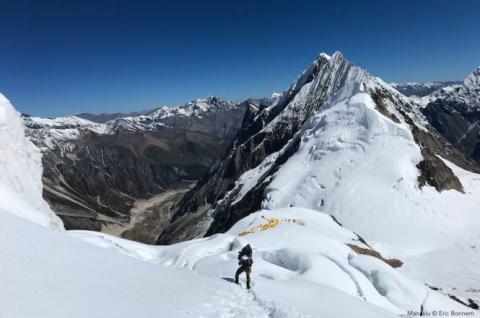
20 April 2022
Mountaineering, Fourteen 8000ers
Ever since man first set out to conquer the mountains in the mid-19th century, he has continued to push back the limits of what is considered possible. Of the fourteen peaks over 8,000 meters high on our planet, all are in the Himalayas, between Nepal, Pakistan and China. We take a look at the history of the world's highest mountains.

 Expeditions Unlimited blog
Expeditions Unlimited blog